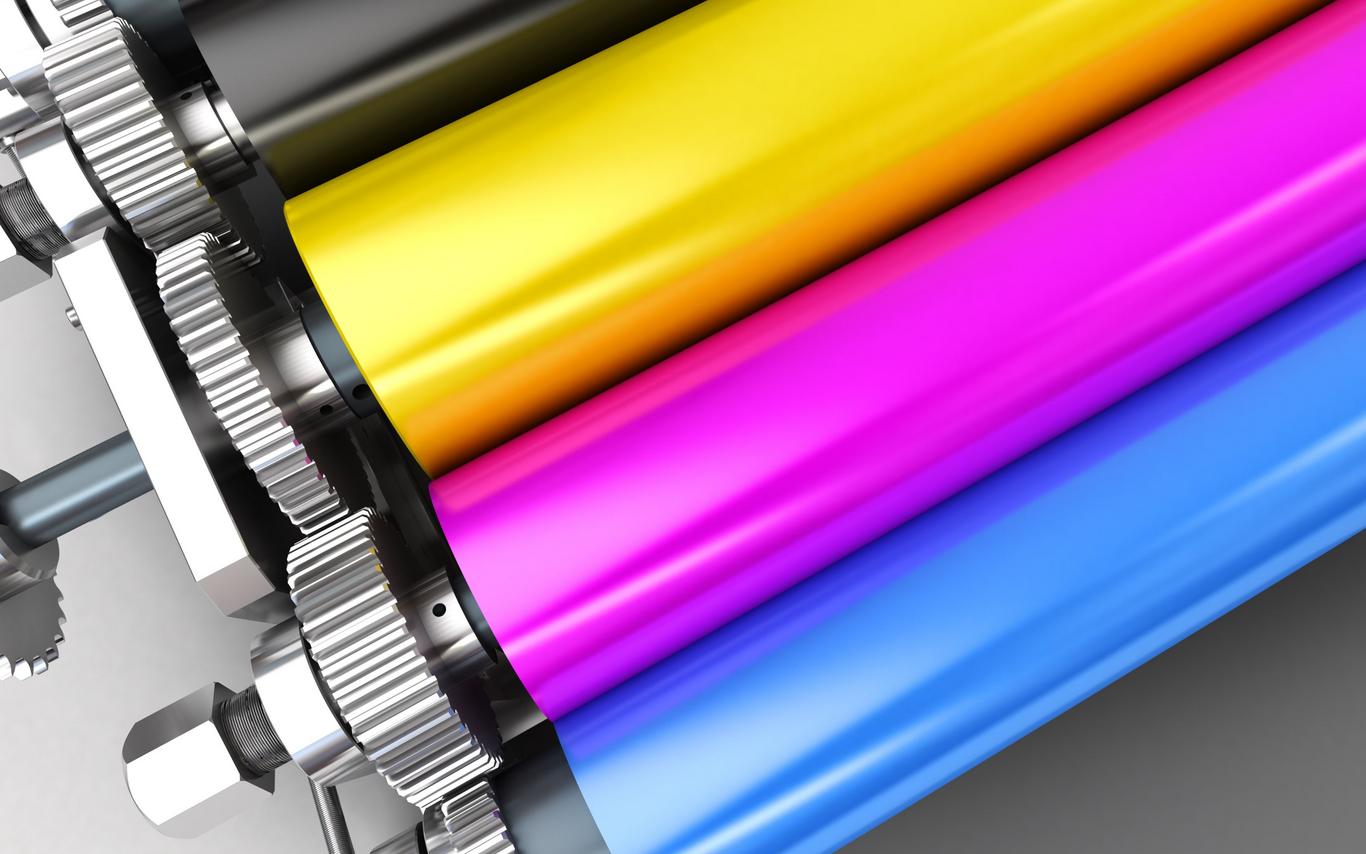How to create a research poster in PowerPoint
- Create a new presentation under the File menu and choose a blank presentation
- Set your page size: select the File menu and choose Page Setup. Type in the desired height and width for your poster

- Background colour can be selected in the Format menu, under Slide Background. Choose a gradient, texture, or colour. Avoid pattern fills and transparency settings
- Insert your text content. Text can be typed directly into the PowerPoint file or it can be copied and pasted from another program. Text should always be inserted or pasted into a text box, which enables you to edit the size, font style, and colour
- Insert your image content. Pictures, tables, charts and graphs can be inserted using the Insert Menu or can be copied and pasted into PowerPoint using the Paste Special option under the Edit menu
- Scale images correctly. When scaling images, select only a corner handle with your mouse, then drag to size proportionately
- Save your file as a print-ready PDF. Under the File menu, select Save As and select PDF under the Format drop-down menu
Important Notes on Poster Sizing
The maximum slide size in PowerPoint is 56 inches x 56 inches
PowerPoint 2016 slides are, by default, 13.333 inches wide by 7.5 inches high
The standard size for Print academic posters is 48 inches wide by 36 inches tall
Poster Printing Checklist
- Proofread and spell-check your poster before sending it to us for printing. The file you send should be the final, ready-to-print poster.
- Check page size.
- Indicate final print size and any special instructions/requirements when sending the file.
- Insert images as .tiff, .jpg or .eps formats. Avoid copying and pasting images from software to software. Use the “insert” image option
- Optimal image resolution is between 150 ppi to 300 ppi at final size
- Avoid using thin lines or pattern fills for graphs, backgrounds or other objects as they may not print clearly
- Avoid transparent fills and choose a solid, paler colour instead
- Avoid placing images or objects right to the edge of your layout– leave a minimum 1/2” edge margin
- Avoid extreme colour contrasts (ie. magenta background with dark blue text)
- Save complex graphs, illustrations and charts as tiff or jpg format and then insert into your layout.In some cases graphs, charts and formulas generated outside of Microsoft software can cause problems with printing
- All symbols must be inserted(under the File menu, choose Insert then Symbol). If the symbols are not placed in your file through the Insert menu, they may not print correctly
- Save as a print-ready, full size PDF.Avoid creating a PDF through printer options - Use the 'Save as PDF' option directly in your application (PowerPoint 2011 or later versions)
- Use the proper version of the VIU logo
General Design Tips
Before designing your poster, check conference guidelines for size limitations, portrait or landscape orientation and any other special requirements. North American conferences are usually landscape orientation. Other locations are often portrait orientation.
- What size poster? After determining conference guidelines and editing your content for poster format you can download a template of most common sizes
- Organize and define flow of content in sections by columns or rows
- Balance text with graphics: less is more
- Use white space effectively: avoid crowding content
- Use standard fonts. We suggest: Times, Arial, Helvetica, Symbol, Wingdings
- Create a pleasing contrast between text and background colours. Black or dark text generally works well on a pale coloured background. Avoid dark, high-contrast or overly saturated colours
- Limit your colour palette to a maximum of 3-4 colours
- The title should be large enough to read from a few meters away: 100pts or 4cm high
- Subheadings should be >50pts or 2cm high
- Body text should be easily read from one to two meters: >25pts or 1cm high
